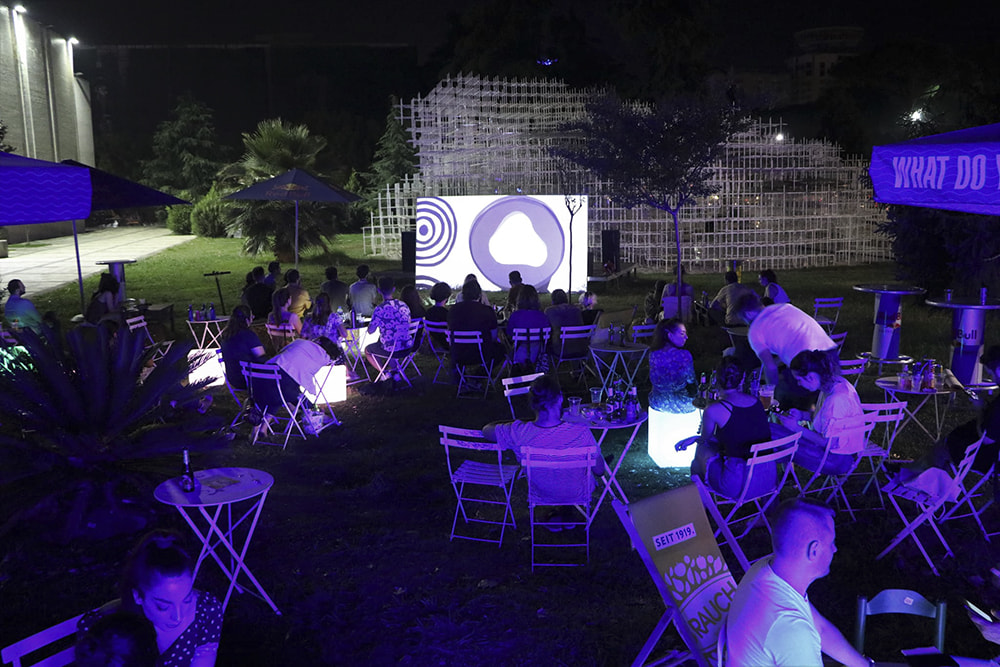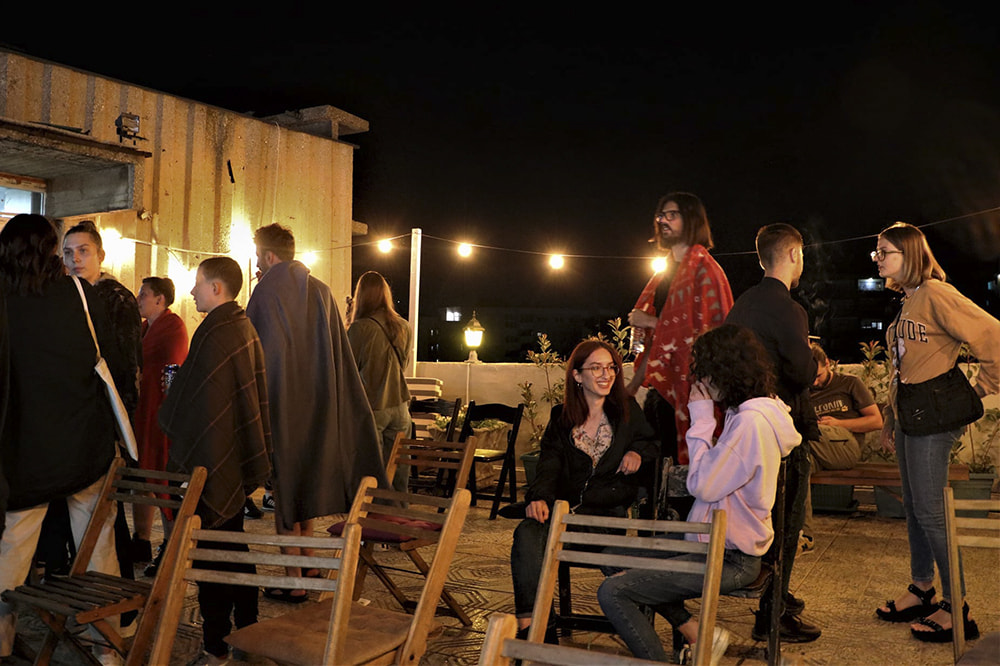
Vullnet Sanaja: We chose isolation as a theme, but we will celebrate freedom
The co-founder of the Anibar Festival talks about this year’s edition that addresses people's isolation in non-pandemic times.
|23.07.2021
|
We continuously discussed and mentioned how in the situation when all the world was isolated, people understood how it feels to be a Kosovar.
Some years ago, we could not have even discussed animated films from Kosovo. This year, beyond the interest to work in animation, we are seeing that there are films participating in the festival.

Ngadhnjim Avdyli
Ngadhnjim Avdyli is a former K2.0 staff journalist, covering mainly politics, governance and social justice issues. He has a degree in journalism from the University of Prishtina.
This story was originally written in Albanian.





